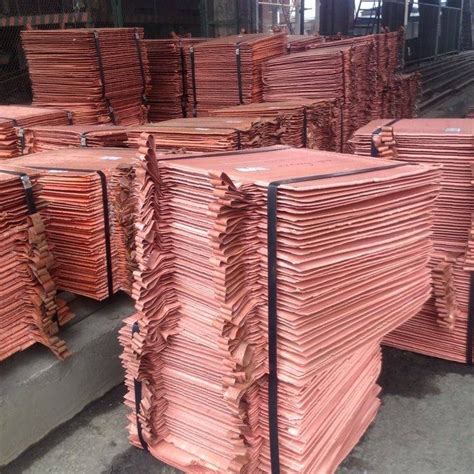Copper Products
Copper Products – Recycling and Scrub Overview
Copper is one of the most valuable and widely recycled industrial metals due to its excellent conductivity, corrosion resistance, and long life. Found in electrical wiring, plumbing, electronics, motors, and industrial machinery, copper is essential in construction, transportation, power generation, and renewable energy sectors.
Recycling of Copper Products
Copper is 100% recyclable without any loss in quality, making it a critical part of the global circular economy. The recycling process involves the following steps:
- Collection & Sorting
- Copper scrap is collected from old electrical cables, motors, plumbing pipes, radiators, and electronic components.
- Sorted into categories:
- Bare bright copper (Grade 1) – pure, uncoated wire; highest value.
- No. 1 copper – clean but may be slightly tarnished.
- No. 2 copper – includes painted, soldered, or coated copper.
- Insulated copper wire (ICW) – copper with plastic insulation.
- Shredding & Separation
- Scrap is shredded and separated using mechanical and chemical processes to remove insulation, coatings, or other metals.
- Melting & Refining
- The clean copper is melted in a furnace, refined to remove impurities, and cast into ingots, rods, or billets for reuse.
- Reuse in Manufacturing
- Recycled copper is used to make new wires, plumbing tubes, industrial components, and more.
Recycling copper requires up to 85% less energy than producing it from ore, significantly reducing carbon emissions and environmental impact.
Copper Scrub
Copper scrub refers to low-grade or contaminated copper scrap that is mixed with foreign materials or coatings. This includes:
- Burnt wire with insulation residue
- Coated copper pipes
- Mixed metal scrap with low copper content
- Shavings and turnings from machining processes
Although lower in purity, scrub copper still has value and can be processed:
- Mechanical separation removes non-metallic components.
- Chemical treatment or smelting extracts usable copper.
- Often sold at lower prices compared to clean copper grades but still contributes to the recycling stream.
